The Mekong Delta is vigorously combating saltwater intrusion during the dry season
According to the Hau Giang province Hydro-Meteorological Station, water levels in canals, ditches, and internal rivers will decrease rapidly until March 20th and remain significantly lower than the average for many years during the same period, ranging from 0.15m to 0.30m. Currently, the water supply from the Hau River into the province in mid-March is deficient by 8.5% to 15.5% compared to the past six years during the same period.
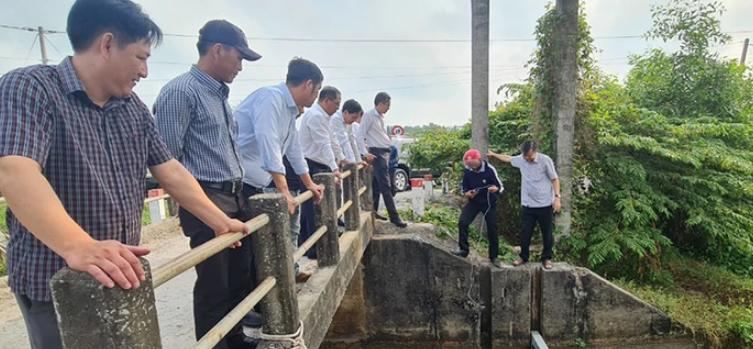
The functional agencies of Hau Giang province are monitoring daily salinity levels in canals and ditches to inform residents for proactive response.
In the coming days, saltwater intrusion due to the West Sea tide through the Cai Lon River and the Chac Bang channel will rise rapidly and reach high levels, with the highest salt concentration appearing from 8 am to 12 pm and 4 pm to 8 pm. Saltwater will penetrate deeply into rivers and ditches in Hau Giang province, especially in Long My district and Vi Thanh city, with predicted salinity levels exceeding 5‰ to 12‰ in many places.
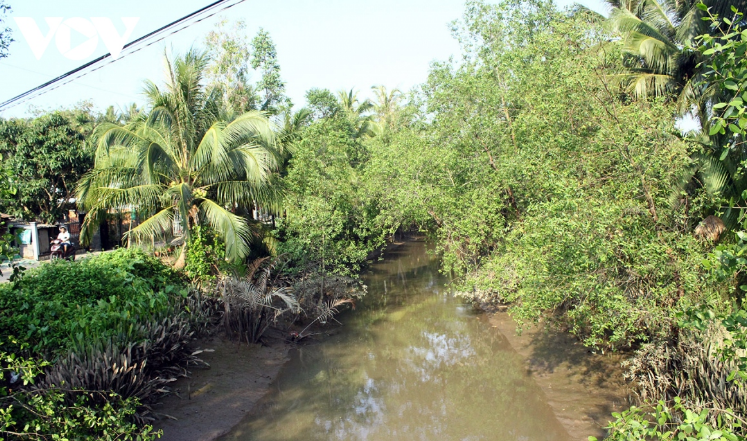
To cope with this situation, Hau Giang province has proposed various solutions, including issuing many plans and directives on saltwater intrusion prevention to implement the Prime Minister's directives on concentrating responses to high-level saltwater intrusion in the Mekong Delta; Letters from the Ministry of Agriculture and Rural Development on enhancing measures to cope with peak saltwater intrusion in the Mekong Delta as directed by the Prime Minister, focusing on identifying affected areas prone to drought and saltwater intrusion to deploy suitable solutions tailored to specific conditions in each locality to proactively prevent salinity and preserve freshwater.
Mr. Tran Thanh Toan, Director of the Hau Giang province Irrigation Department, Head of the Provincial Steering Committee for Natural Disaster Prevention, Search, and Rescue, stated: The functional agencies have also coordinated with provincial and district-level water management units to operate, manage, and exploit water infrastructure appropriately to ensure that saltwater does not affect agricultural production and people's livelihoods. Through actual inspections until now, the operation of the province's irrigation systems has been serving the production and livelihoods of people well, ensuring very good conditions.
Can Thay River, Tra On district, Vinh Long province.
In Vinh Long, it is forecasted that the peak of saltwater intrusion will occur in March-April, with the highest salinity levels on the Co Chien River at Nang Am bridge ranging from 5.5‰ to 6.5‰, at Mang Thit dam from 2.5‰ to 3‰; on the Hau River in Tich Thien commune from 4‰ to 5‰, at Tra On dam about 1‰; in internal rivers, the highest levels range from 1‰ to 1.5‰. The 1‰ salinity line on the Co Chien River may reach An Phuoc commune, Mang Thit district; the salt intrusion on the Hau River may reach Tra On town.
To proactively organize drought and saltwater intrusion prevention in this dry season, the province has actively deployed and implemented measures, especially not neglecting or being subjective despite low salinity levels. Mr. Luu Nhuan, Director of the Vinh Long province Department of Irrigation and Rural Development, said: Recently, the agricultural sector has effectively operated water infrastructure, providing clean water according to procedures, accelerating the construction progress, repairing irrigation works, and ensuring transportation tasks to prevent saltwater intrusion and store freshwater, ready to respond to abnormal drought and saltwater intrusion cases.
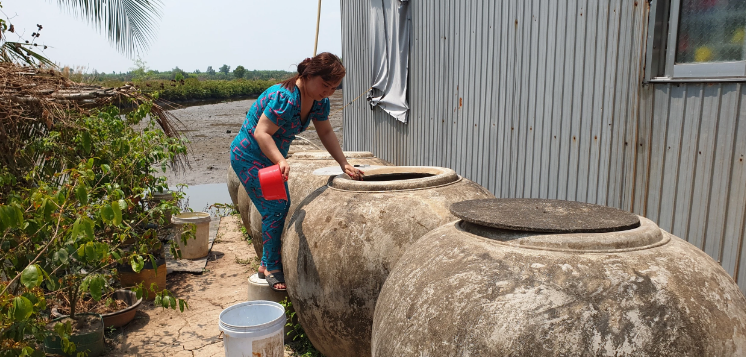
Mr. Truong Hoang Giang, Director of the Vinh Long province Hydro-Meteorological Station, stated that saltwater intrusion would become even more complicated in the coming days, urging local authorities and farmers to take preventive measures to minimize damage. Strong winds at sea and strong impacts on estuaries and sea gates in the South will prolong high salinity levels in coastal provinces, including Vinh Long. There will be several more high tide periods in the future with prolonged and unpredictable high salinity levels. He advised residents and agencies to closely monitor weather forecasts and announcements regarding salinity data.
Saltwater intrusion not only affects agricultural production but also leads to a shortage of freshwater for daily life for many coastal households. In Ca Mau province, as of now, more than 3,700 households lack domestic water. U Minh, Tran Van Thoi, and Phu Tan districts are the areas with the most households lacking water. In Tran Van Thoi district, 537 households, with nearly 2,200 people, lack water for daily use due to drought and saltwater intrusion.
Mr. Do Van Su, Head of the Agriculture and Rural Development Department of Tran Van Thoi district, said: There are currently three areas experiencing severe water shortages. In these areas, residents can access groundwater for use, but it has been contaminated by saltwater and cannot be used for cooking. The Provincial Steering Committee for Disaster Prevention and Search and Rescue has provided water tanks to some households at the end of the water supply line. Not far away, there is a centralized water supply station where people can collect water for cooking and living. Recently, the Provincial People's Committee Chairman inspected and directed to extend the water supply pipeline to the residents.
To address the difficulties of households lacking domestic water, the Department of Agriculture and Rural Development of Ca Mau province proposed immediate solutions, mobilizing youth union members, armed forces, and local residents to install surface water pipelines and public water taps for convenient water access. For the 1,300 households living in sparsely populated areas, each family will be provided with a plastic tank; for nearly 1,000 households living near centralized water supply projects but unable to access water, the network of water supply pipelines will be expanded; for more than 2,400 households living in areas with water supply stations but experiencing overload due to high demand, water supply will be rotated.

The Department of Agriculture and Rural Development of Ca Mau province also proposed that the Provincial People's Committee allocate more than VND 39 billion to ensure the implementation of measures to support residents facing water shortages and those not actively managing water supplies in the area. The situation of saltwater intrusion during the dry season is becoming increasingly complex, especially in coastal provinces. Implementing the Prime Minister's Directive No. 19/CD-TTg, provinces in the Mekong Delta are currently vigorously implementing measures to prevent saltwater intrusion, aiming to minimize the damage caused by saltwater intrusion.
Cre: VOV
Ngày đăng : 29/04/2024
978 View
Other Articles








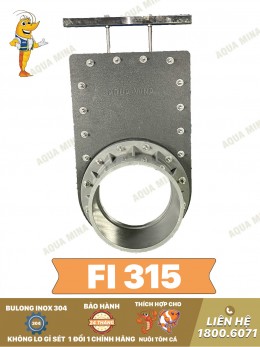
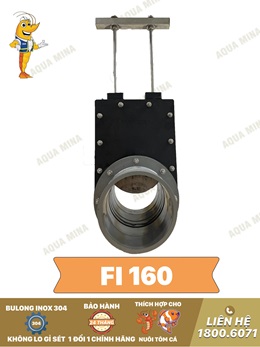


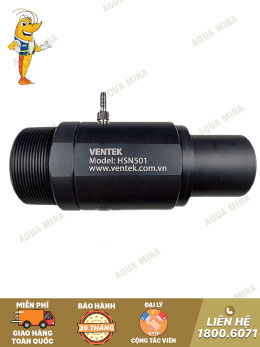
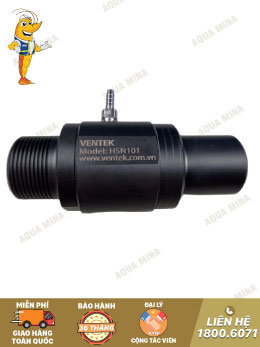

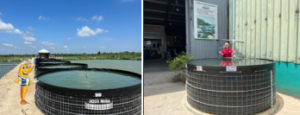
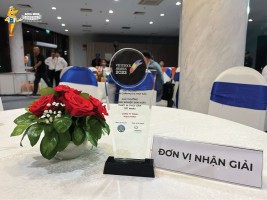
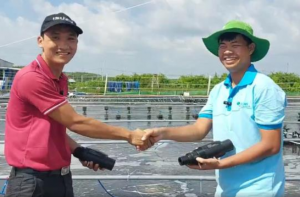
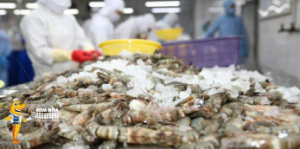
.jpg)